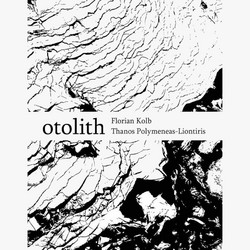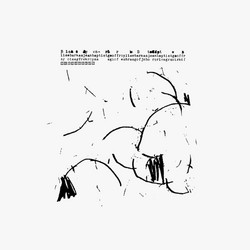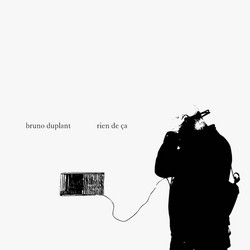Patrick Quinn
Sonifying the Sun: The Mass Emergence of Brood XIII and XIX Periodical
In Sonifying the Sun: The Mass Emergence of Brood XIII and XIX Periodical Cicadas, Volume 2, Patrick Quinn continues his singular exploration into the symbiosis between ecological process and musical composition. The project, released by Zappak, transforms field recordings, solar data, and biological rhythms into a sprawling meditation on cyclical emergence—an acoustic rendering of nature’s silent mathematics turned audible myth.The work unfolds as both scientific inquiry and deep listening exercise. Quinn, known for his precision as much as for his sense of wonder, uses sonification not merely as a conceptual device but as a compositional engine. Solar frequency fluctuations are mapped onto pitch and amplitude, while cicada choruses become natural oscillators within a vast, spectral canvas. Data turns into tone; biology into vibration.
The album’s conceptual framework draws on the extraordinary 2024 coincidence of Brood XIII and Brood XIX cicadas—two populations whose emergences overlap only once every 221 years. Rather than document their mass appearance plainly, Quinn treats it as an allegory for planetary resonance: the way sunlight, heat, and biological rhythm converge in a brief window of synchronous intensity before vanishing again into subterranean quiet.Musically, the record moves between radiant drone, stochastic rhythm, and expansive ambience. Quinn layers slow-moving harmonic gradients with granular textures derived from cicada wingbeats, their timbral density replicating the sensation of standing inside a living frequency field. The result is immersive but never ornamental—a study in collective vibration expressed as luminous tone.Throughout the album, a tension persists between natural order and composed structure. Quinn doesn’t impose control but listens to the data as a collaborator, allowing chance correlations to dictate waveform, harmonic drift, and pacing. This gives the work an uncanny autonomy, as if nature itself were composing through him. The experience evokes both the rigor of scientific observation and the emotional gravity of ritual.
Zappak’s publication of Volume 2 situates it alongside a growing lineage of works where art converges with data and environmental awareness. The collection, both in sound and documentation, articulates a form of climate aesthetics—using sonic language to meditate on cycles of emergence, disappearance, and renewal. The album’s spatial design reinforces its biological origins. Low-end frequencies pulse like earth vibrations, while its high registers shimmer with solar interference. Recorded fragments of cicada choruses—time-stretched, inverted, or recombined—act as connective tissue linking micro and macro, organism and atmosphere. Listening becomes a form of ecological attunement, an immersion in pattern and recurrence.What distinguishes Sonifying the Sun is its refusal to fetishize the natural world. Quinn amplifies it, refracts it, but never romanticizes it. The work accepts the insect swarm not as metaphor but as model: a vast synchronized intelligence, ephemeral yet ancient, noisy yet coherent. Through that recognition, the album redefines what environmental composition can be—neither pastoral nor apocalyptic, but attuned to the mathematics of living systems.
In its closing movements, the record stretches beyond ecological notation into something cosmological. The cicadas’ hum merges with solar oscillation data, rising into a luminous drone that could pass for a planetary anthem or the echo of deep time itself. The listener is left suspended, caught in the breath between two emergences—an interval where data, sound, and life finally converge.
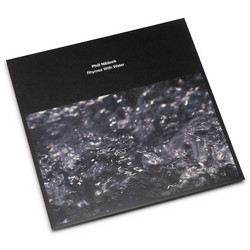
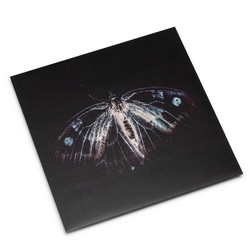

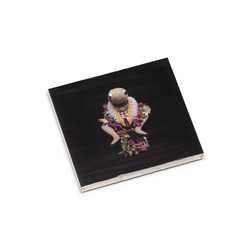


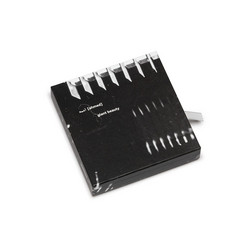
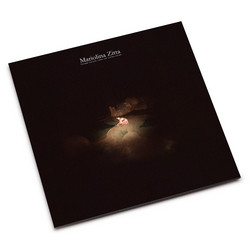
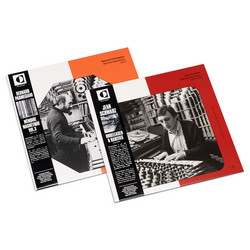
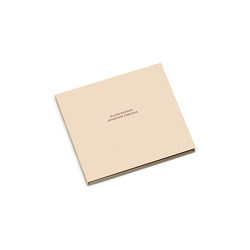
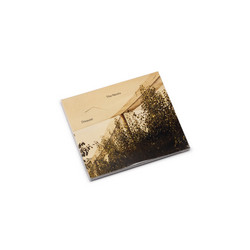
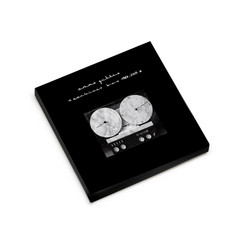
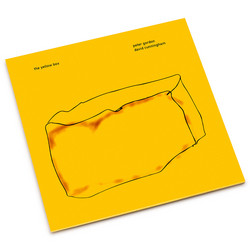
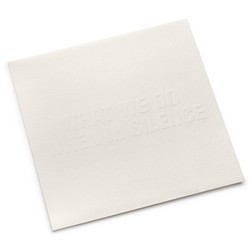


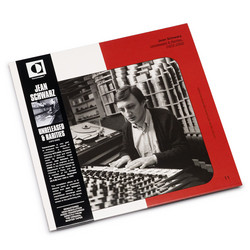
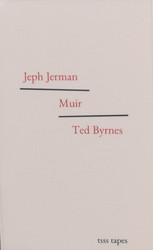

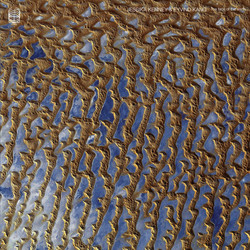
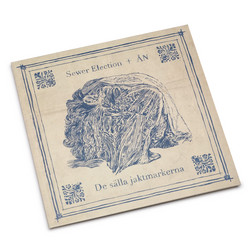
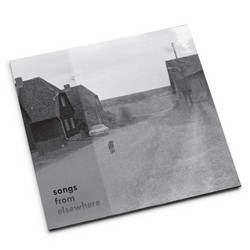
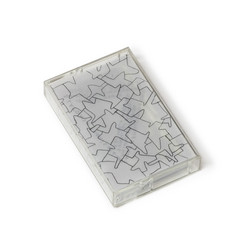
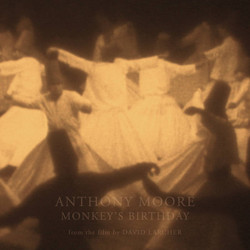
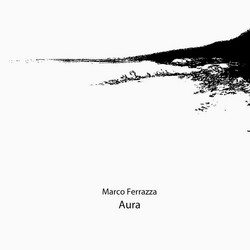
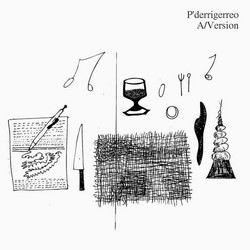
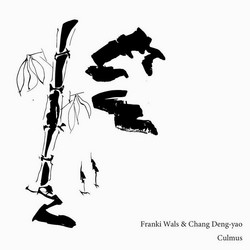

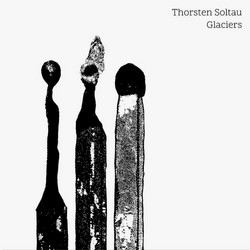



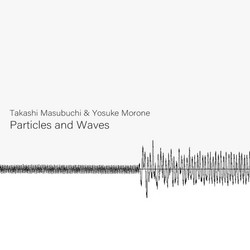
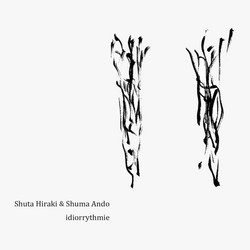
![(Kiku (sense) the [drawing + sound]) 描奏をきく](https://cdn.soundohm.com/data/products/2025-10/Kiku-sense-jpg.jpg.250.jpg)
